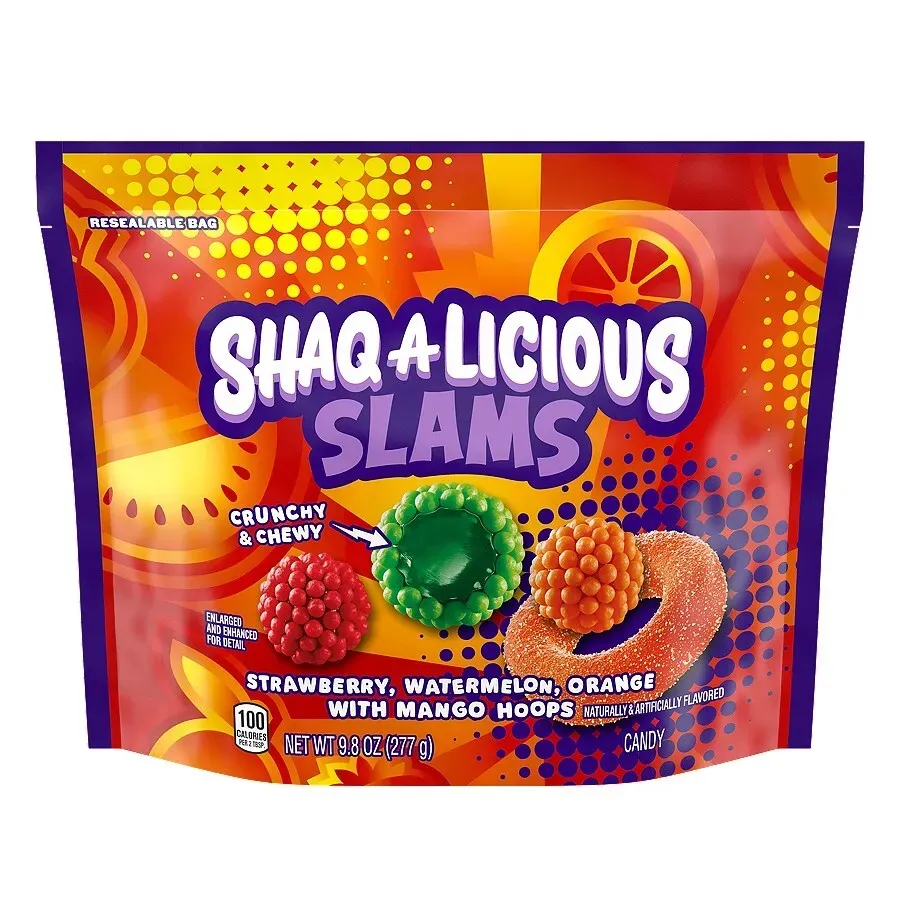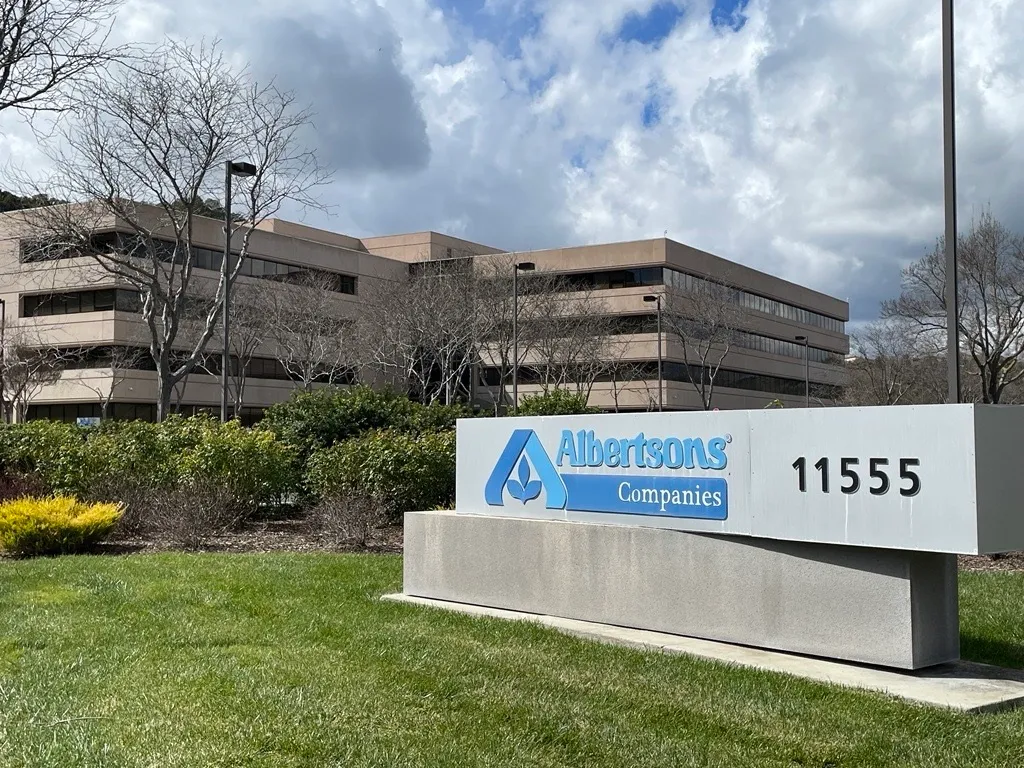The COVID-19 pandemic forced sweeping changes in the way business was conducted in America. People worked from home and relied on technology to connect with others, as Zoom calls replaced in-person meetings and even trade shows went virtual.

The National Association of Chain Drug Stores, FMI – The Food Industry Association, and the National Retail Federation all held virtual shows while the pandemic was still raging, and some observers speculated at the time that as the technology got better, perhaps many industry events would continue to be held in virtual spaces rather than in actual convention centers and hotels. Think of all the travel time and money that could be saved if one could attend a trade show or a conference without leaving the office, which might even be a home office.
As detailed elsewhere in this issue, ECRM was among the companies that pivoted to digital, hosting its Sessions using Zoom at first and then developing a proprietary platform called ECRM Connect. Given ECRM’s history of using technology to facilitate its Sessions and helping attendees plan and organize their meetings and follow-up communications, it seemed like a natural evolution. Yet ECRM is now pivoting back, with its first full year of in-person Sessions well under way, and earlier this year it broke attendance records with a February Generic Rx Session that was the largest in the company’s 30-year history.
Ahead of this month’s NACDS Annual Meeting in Palm Beach, Fla., association president and chief executive officer Steve Anderson has highlighted a recent article in Association Conventions & Facilities magazine that featured NACDS events and argued that innovative conferences fuel industry innovation.
The article did note that “what used to work at trade shows 50 years ago vastly differs from today’s sophisticated, less cluttered ones packed with modern, experiential exhibits, immersive technology and experience-driven shows powered by attendees’ expectations.”
The article positioned NACDS’ events as reflective of the trend, contending that they provide effective opportunities for retailers and suppliers to meet consumers’ needs for health and wellness — according to their companies’ unique offerings in that evolving space.
The article also placed NACDS’ events among those across diverse industries that excel in their “sophistication,” “immersive technology” and “connectivity”; that offer “engagement” opportunities for peers, strategic partners, sponsors and speakers; and that are “powered by attendees’ expectations.”
In much the same way that retailers are using technology in their stores to create better brick-and-mortar shopping experiences, convention and event planners are using technology — including virtual reality and AI — to make their shows more compelling for attendees.
The article ends with a quote from Jim Whitman, NACDS’ senior vice president of member programs and services, who foresees a robust future for in-person events.
“There will continue to be a place for trade shows of all types, formats and sizes,” Whitman said. “And it will be important to maximize attendees’ time; to make the shows more effective and concise and efficient. For those that have been in the trade show planning industry for years, fight the urge to think that because you have been doing this for a long time you can’t learn some new techniques or tools or freshen up your approach.
“Most critically, it is essential to identify where the industry is going — and how to incorporate that future into your show. Trade shows are a conduit for the future. This is where opportunities are presented and the greatest ideas are formed.”







